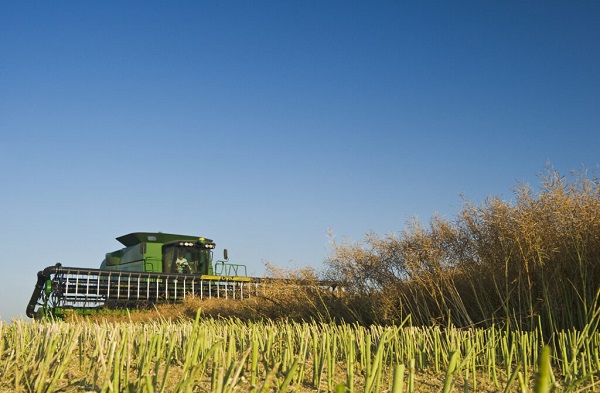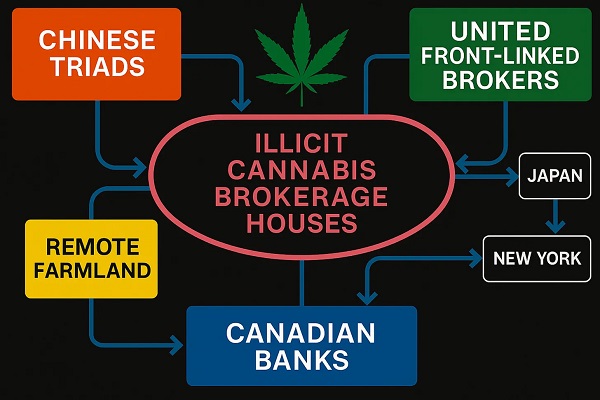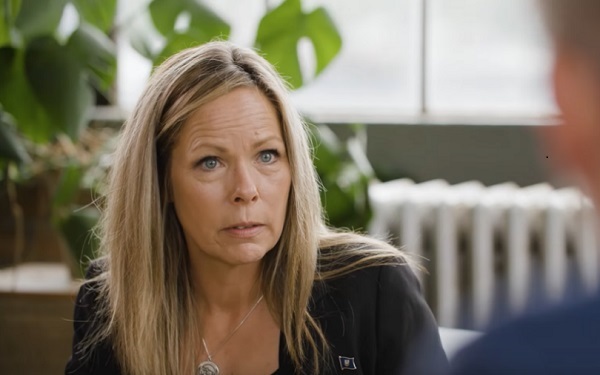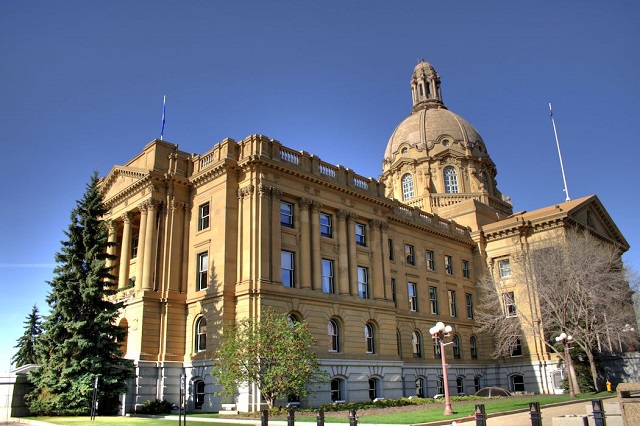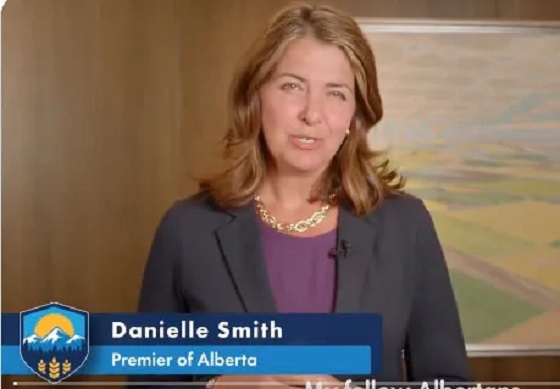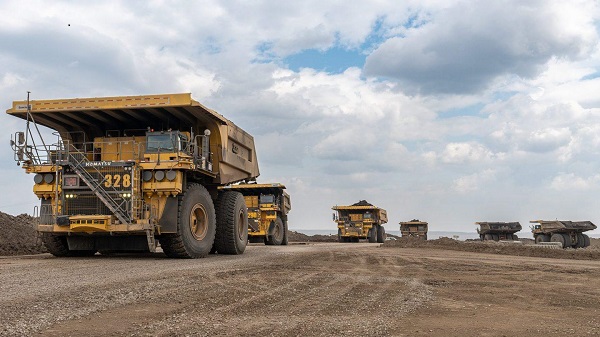Alberta
Alberta 2025 Budget Review from the Alberta Institute
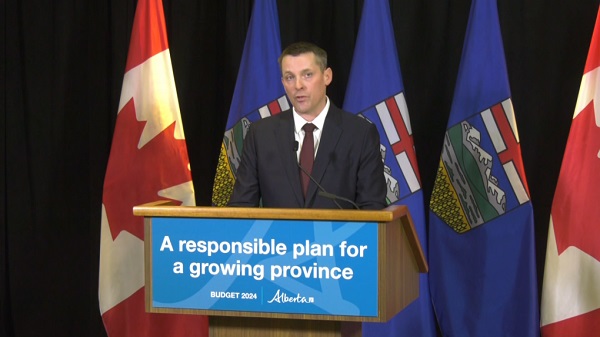
The government has just tabled its budget in the Legislature.
We were invited to the government’s advance briefing, which gave us a few hours to review the documents, ask questions, and analyze the numbers before the official release.
Now that the embargo has been lifted, we can share our thoughts with you.
However, this is just our preliminary analysis – we’ll have a more in-depth breakdown for you next week.
*****
The 2025/26 Budget is a projection for the next year – what the government expects will happen from April 1st, 2025 to March 31st, 2026.
It represents the government’s best estimate of future revenue and its plan for expenditures.
In the budget (and in this email) this type of figure is referred to as a Budget figure.
*****
The actual final figures won’t be known until the 2025/26 Annual Report is released in the middle of next year.
Of course, as we’ve seen in the past, things don’t always go according to plan.
In the budget (and in this email) this type of figure is referred to as an Actual figure.
Importantly, this means that the 2024/25 Annual Report isn’t ready yet, either.
*****
Therefore, in the meantime, the Q3 2025/26 Fiscal Update, which has figures up to December 31st, 2024, provides a forecast for the 2024/25 year.
The government looks at the actual results three quarters of the way through the previous year, and uses those figures to get the most accurate forecast on what will be the final result in the annual report, to help with estimating the 2025-26 year.
In the budget (and in this email) this type of figure is referred to as a Forecast figure.
*****
Accurately estimating, and tracking these three types of figures is a key part of good budgeting.
Sometimes, the economy performs better than expected, oil prices could be higher than initially forecast, or more revenue may come in from other sources.
But, other times, there’s a recession or a drop in oil prices, leading to lower-than-expected revenue.
On the spending side, governments sometimes find savings, keeping expenses lower than planned.
Alternatively, unexpected costs, disasters, or just governments being governments can also drive spending higher than budgeted.
The best way to manage this uncertainty is:
- Be conservative in estimating revenue.
- Only plan to spend what is reasonably expected to come in.
- Stick to that spending plan to avoid overspending.
By following these principles, the risk of an unexpected deficit is minimized.
And if revenue exceeds expectations or expenses come in lower, the surplus can be used to pay down debt or be returned to taxpayers.
On these three measures, this year’s budget gets a mixed grade.
*****
On the first point, the government has indeed made some pretty conservative estimates of revenue – including assuming an oil price several dollars below where it currently stands, and well below the previous year’s predictions.
The government has also assumed there will be some significant (though not catastrophic) effects from a potential trade war.
If oil prices end up higher, or Canada avoids a trade war with the US, then revenue could be significantly higher than planned.
Interestingly, this year’s budget looks very different depending on whether you compare it to last year’s budget, or the latest forecast.
This year’s budget revenue is $6.6 billion lower than what actually happened in last year’s forecast revenue.
But, this year’s budget revenue is actually $600 million higher than what was expected to happen in last year’s budget revenue.
In other words, if you compare this year’s budget to what the government expected to happen last year, revenue is up a small amount, but when you compare this year’s budget to what actually happened last year, revenue is down a lot.
*****
On the second point, unfortunately, the government doesn’t score so well.
Expenses are up quite a bit, even though revenue is expected to drop.
According to some measurements, expenditures are increasing slower than the combined rate of population growth and inflation – which is the goal the government set for itself in 2023.
But, when other expenses like contingencies for emergencies are included, or when expenses are measured in other ways, spending is increasing faster than that benchmark.
This year’s budget expenses are $4.4 billion higher than what was actually spent in last year’s forecast expenses.
But, this year’s budget expenses are $6.1 billion higher than what was expected to happen in last year’s budget expenses.
Perhaps the bigger question is why is expenditure increasing at all when revenue is expected to drop?
If there’s less money coming in, the government should really be using this as an opportunity to reduce overall expenditures.
*****
On the third point, we will – of course – have to wait and see what the final accounts look like next year!
*****
Before we wrap up this initial analysis, there’s one aspect of the budget that is likely to receive significant attention, and that is a tax cut.
Originally planned to be phased in over the next few years, a tax cut will now be back-dated to January 1st of this year.
Previously, any income below about $150,000 was subject to a 10% provincial tax, while incomes above $150,000 attract higher and higher tax rates of 12%, 13%, 14%, and 15% as incomes increase.
Under the new tax plan, incomes under $60,000 would only be taxed at 8%, with incomes between $60,000 and $150,000 still paying 10%, and incomes above $150,000 still paying 12%, 13%, 14%, and 15%, as before.
Some commentators are likely to question the wisdom of a tax cut that reduces revenue when the budget is going to be in deficit.
But, the reality is that this tax cut doesn’t actually cost much.
We’ll have the exact figures for you by next week, but suffice to say that it’s a pretty small portion of the overall deficit, and there’s a deficit because spending is up a lot, not because of a small tax cut.
In general, lower taxes are good, but we would have preferred the government work towards a lower, flatter tax instead.
The Alberta Advantage was built on Alberta’s unique flat tax system where everyone paid the same low flat tax (not the same amount, the same percentage!) and so wasn’t punished for succeeding.
Alberta needs a plan to get back to a low flat tax, and we will continue to advocate for this at the Alberta Institute.
Maybe we can do better than just returning to the old 10% flat tax, though?
Maybe we should aim for a flat tax of 8%, instead?
That’s it for today’s quick initial analysis.
In next week’s analysis, we’ll break down the pros and cons of these decisions and outline where we might have taken a different approach.
In the meantime, if you appreciate our work and want to support more of this kind of independent analysis of Alberta’s finances, please consider making a donation here:
Alberta
Alberta teachers to vote on tentative agreement with province

President of Treasury Board and Minister of Finance Nate Horner issued the following statement about the ongoing negotiations with TEBA and the ATA:
“Last Friday, the Alberta Teachers’ Association (ATA) made an offer to the Teachers’ Employer Bargaining Association (TEBA). Both parties have agreed to form a tentative agreement based on shared priorities and members will vote on the tentative agreement in the coming days.
“My thanks to both parties for their work in developing a tentative agreement that reflects elements that are good for teachers and the education system, as a whole.
“Alberta’s government is investing nearly $10 billion, the largest investment in the province’s history, to support the province’s teachers and students. On top of that, we’re putting $8.6 billion into building and renovating over 130 schools so students have safe, modern spaces to learn. Alberta’s government has also committed to hiring 3,000 additional teachers to reduce class sizes and support student learning.
“If ratified, this deal will form the basis for labour stability in the province and will be a positive path forward for a successful school year for our kids. Out of respect for the ratification process, I won’t get into the specifics of the deal, but I will say the tentative agreement is strong on classroom investment.
“At this time, both TEBA and I have no further comments.”
Alberta
Alberta pro-lifers demand protections for infants born alive after failed abortions
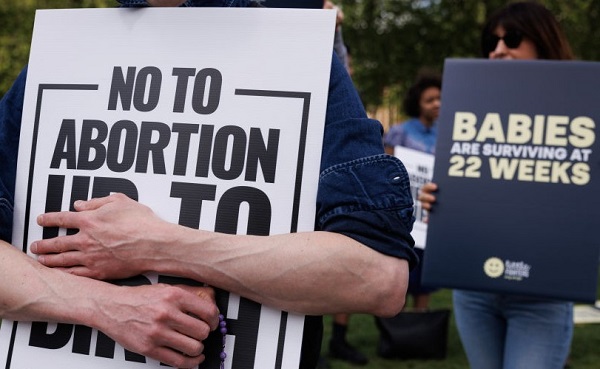
From LifeSiteNews
Prolife Alberta’s ‘Left to Die’ campaign demands protections for the hundreds of babies born alive after failed abortions, urging policy changes to ensure they receive medical care.
Prolife Alberta has launched a campaign to demand protections for children born alive after failed abortions.
The organization announced a new initiative titled “Left to Die,” which seeks to expose Alberta’s current policy that leaves babies born alive after botched abortions to die without care.
“LeftToDie.ca shines a light on a tragedy most Albertans don’t even know is happening: babies being born alive after failed abortions and left to die without care,” a Prolife Alberta spokesperson told LifeSiteNews.
“Using official government data, we are exposing this hidden reality and mobilizing grassroots citizens to press Alberta’s elected officials to act,” the spokesperson continued. “Our goal is to see AHS policies revised so this practice can no longer continue, and to establish clear protections ensuring that every child born alive — no matter the circumstances — receives the same right to medical care and comfort as any other newborn.”
According to official data from the Canadian Institute for Health Information (CIHI), which is the federal agency in charge of reporting the nation’s health data, in 2023-2024, there were a staggering 133 late-term abortions in Alberta. Of these, 28 babies were born alive after the abortion and left to die.
This fact was recently exposed in an opinion piece published by the Western Standard from Richard Dur, who serves as the executive director of Prolife Alberta.
However, so far, Alberta officially has failed to introduce legislation to protect babies born alive after abortions despite knowing about the situation.
As Prolife Alberta pointed out, “twenty-five years ago, as a columnist for the Calgary Herald, Danielle Smith exposed the horror of babies being born alive after failed abortions and left to die – a ‘horrific practice,’ in her own words.”
“Today, as Premier of Alberta, she is in a position not just to write about this injustice — but to end it,” the organization explained. “Every day adds to 25 years of silence since that article was published. Her silence — and that of her government — sustains the policy.”
The new campaign encourages Albertans to educate themselves regarding the situation and to share this information and the campaign with their family and friends. Albertans are also advised to contact their local MLA through the new website and to urge them to support protections for babies born alive.
“Regardless of where one stands on abortion, life after birth should matter to all of us,” Prolife Alberta told LifeSiteNews. “To deny a living child even the most basic medical care — merely because of the circumstances of their birth — is a profound moral failure.”
“These human beings have survived an attempt on their life in the womb, only to be abandoned to death outside it,” the organization continued. “Revising health policies that permit this would not regulate or restrict abortion in any way, but it could save a newborn child’s life.”
As reported by LifeSiteNews recently, 150 babies were born after botched abortions in 2023-2024 in Canada. However, it’s not known how many survived.
Similarly, reports from 2018 have indicated that 766 babies were born alive after late-term abortions in Canada between 2013 and 2018 and presumably left to die.
-
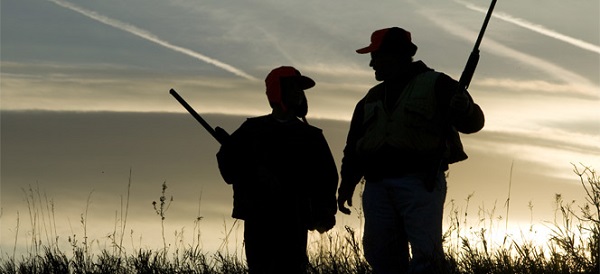
 Business1 day ago
Business1 day agoTaxpayers: Stop wasting money and scrap the gun ban
-

 Alberta17 hours ago
Alberta17 hours agoAlberta teachers to vote on tentative agreement with province
-

 Alberta1 day ago
Alberta1 day agoAlberta pro-lifers demand protections for infants born alive after failed abortions
-

 Business2 days ago
Business2 days agoWEF has a plan to overhaul the global financial system by monetizing nature
-

 Crime2 days ago
Crime2 days ago1 dead, 2 injured after shooting at Dallas ICE facility
-

 espionage1 day ago
espionage1 day ago24 years later: Tucker Carlson releases interview with retired CIA agent claiming the CIA KNEW 9/11 was coming
-

 Daily Caller1 day ago
Daily Caller1 day agoTrump’s Ultimatum To Europe On Russian Oil
-
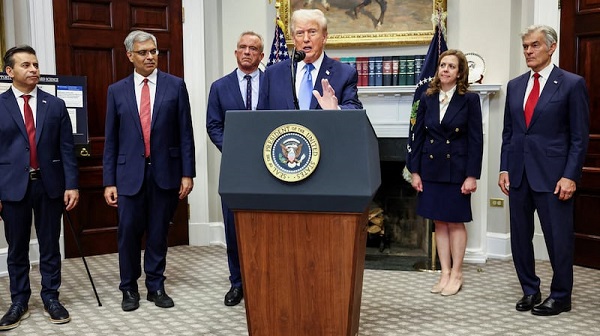
 Autism1 day ago
Autism1 day agoTrump Blows Open Autism Debate

